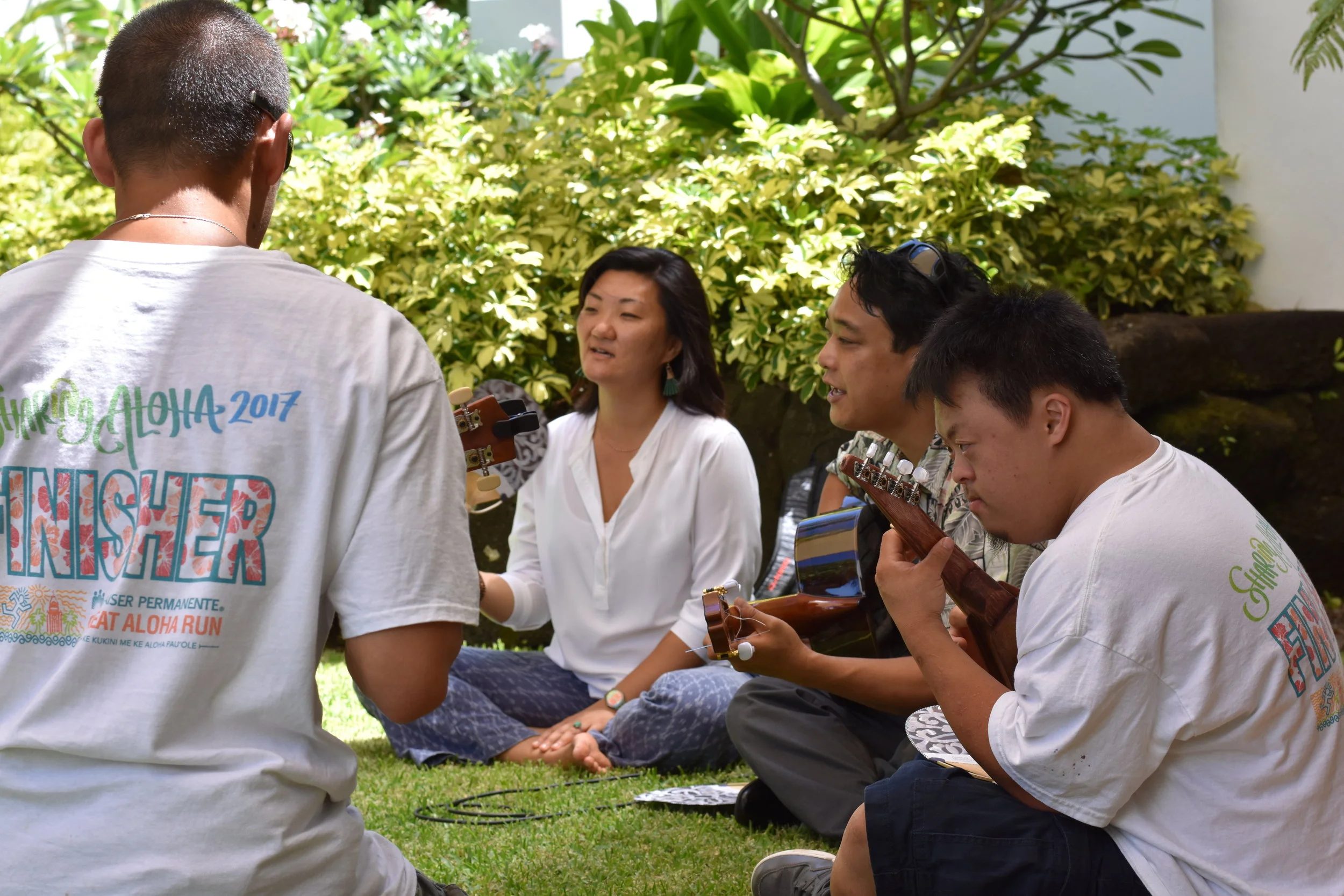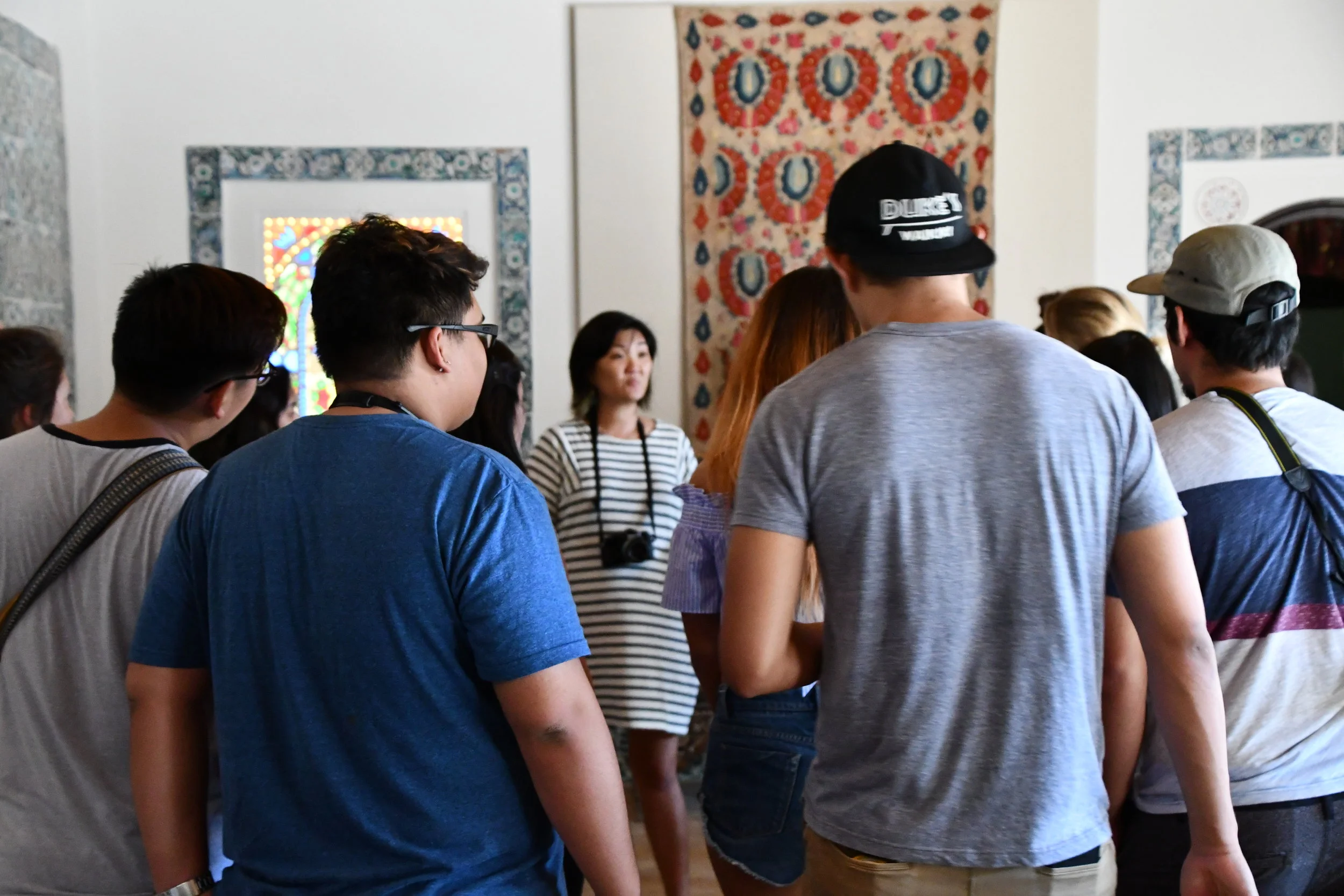From 2017-2018, I was the inaugural Associate Curator of Education at the Shangri La Museum of Islamic Art, Culture, and Design in Honolulu, Hawai’i. Shangri La was built in 1937 as the Honolulu home of philanthropist Doris Duke and opened as a public museum in 2002. Built with objects and architectural motifs from North Africa, the Middle East, and South Asia, the museum reflects Duke’s travels, wealth, and taste. Unpacking the more significant social and structural conditions that made a project like Shangri La (even its very name) possible presented a pedagogical and political challenge (echoing the hashtag #museumsarenotneutral created by Mike Muraski and LaTanya Autry).
My role as an educator was to reframe the site's function from a private residence to a public classroom. Working with a stellar curatorial team, we sought to open up questions around culture, power, and meaning-making in the local and global context through educational and public programming. We aspired to rewrite the story of the historic house framed as a relic of luxury and philanthropy by asking what untold stories it could tell in the present moment. Given its location in occupied Hawai’i, Shangri La was a narrative tool to help us see how practices of collecting and ownership (and the notion of “private property") functioned through the entanglements of whiteness, Orientalism, and settler colonialism. Particularly with intensified anti-Muslim racism and widespread xenophobia under Trump’s presidency, there was an urgency to initiate programs that could forge solidarity across cultures, geographies, and histories. However, this work was not easy. We found the call for experimental responsive change and public engagement incompatible with the site's structural design and leadership priorities. As museum workers, we are often seen as working for the institution but not of it, even as we are hired to represent and transform it. I didn’t stay at Shangri La long enough to see through significant shifts. Still, I learned tremendously about the labor of museum pedagogy and activism and the work of decentering and resisting institutional legacies.
Master class with Amirah Sackett in partnership with the Dance Department, University of Hawaiʻi at Mānoa.
Music and Dance Therapy with the Special Education Center of Hawaiʻi.
Integrating Health Education and Arts Literacy K-12 Teacher Training with the Hawaiʻi Department of Education.
Photography class from the University of Hawaiʻi at Mānoa.
#GoodMuslimBadMuslim Podcast with Taz Ahmed and Zahra Noorbakhsh and other programming.









